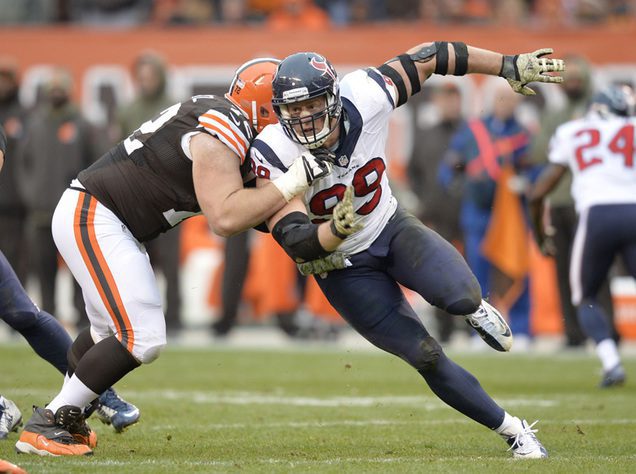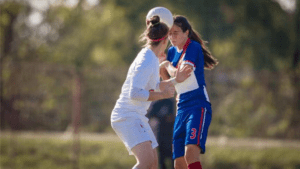The key to any good offensive football team is to know and understand the defenses that they will be facing from week to week. The two major advantages that an offense will always have are that they know the snap count and they know what the play is (run/pass). However, understanding that the secondary coverage is also predicated on the defensive fronts also helps the offensive player to know who and how to block and or where to run his pass routes.
First things first, let’s take a look at the basic kinds of defenses. You will most likely hear the term 3-4 or 4-3…this simply means that there are three defensive linemen, and four linebackers in the 3-4. While four defensive linemen and 3 linebackers occupy the 4-3. We all know that there are eleven men on the football field with any one side of the ball. So if you have a 4-3 defense. You will most likely have four men left in the secondary for pass defense. Now, at the youth level chances are they will see 5-3 and 6-2 defenses. There is a lot more running plays at that level. I will not spend a lot of time on nickel and dime defense, but with nickel defenses you will have five defensive backs and with dime defenses you will have six defensive backs. You can still have three down linemen or four down linemen in those sets as well.
When teaching quarterbacks, I want them to get their eyes on the safeties. Locate the two safeties. We teach them to explain whether it was a two high or one high look. Two high simply means there are two safeties 12 to 15 yards off the LOS and on the hash marks. One safety in the middle of the field is a one high look. I don’t like to predetermine where the QB will throw his passes, but finding the safeties really help determine the best way in which to attack a defense. With the two high look you want to attack the deep middle of the field. At the advanced levels of football you can have a two high zone look, or you can have a two high man. That means that it is man to man underneath. Zone simply means they have to cover an area. Until a man comes into their area, then they have to pick him up. With a one high look you can still have zone or man coverage. Again it depends on where the safeties line up.
The basic coverage that you will hear is cover 0, cover 1, cover 2, cover 3, and cover 4. All even number coverages have two high safeties. All odd number coverages have one high safety. All except cover 0, which does not have a safety. The safeties in that coverage are on or near the line of scrimmage.
How useful was this post?
Click on a star to rate it!
Average rating 5 / 5. Vote count: 6
No votes so far! Be the first to rate this post.



